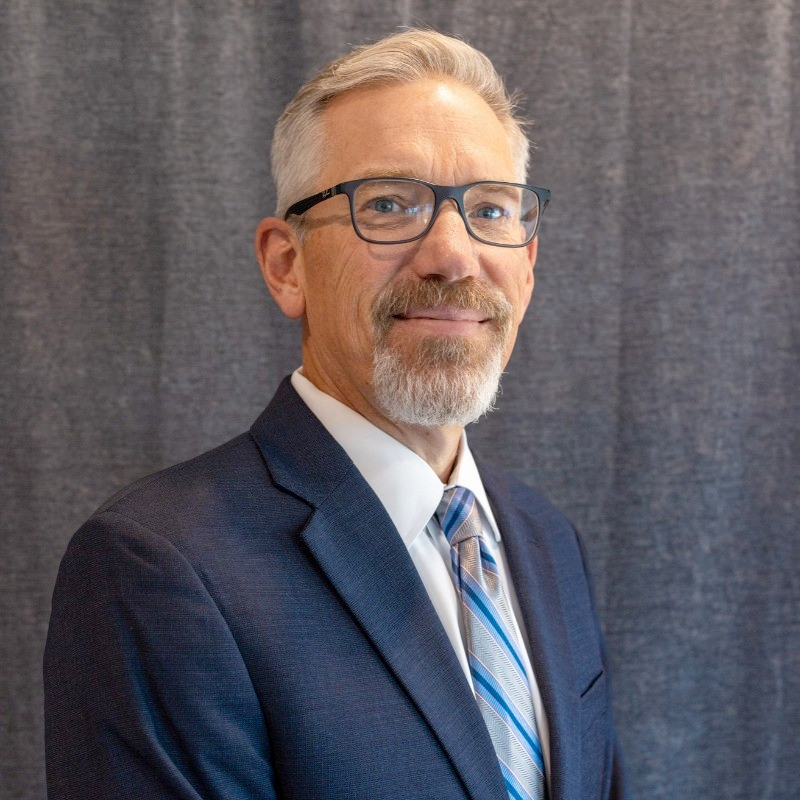 In part 1 of this article series, I described my experience living a day in the life of a resident to understand the experience better. I was given a fictitious diagnosis that included rehab for a post hip fracture, macular degeneration, and use of a wheelchair.
In part 1 of this article series, I described my experience living a day in the life of a resident to understand the experience better. I was given a fictitious diagnosis that included rehab for a post hip fracture, macular degeneration, and use of a wheelchair.
In this part, I dive more into the people I encountered in the process and the take-aways I learned from my experience.
The People
The intake process, the resident agreement, the physical and mental evaluation. Transition management, life enrichment, social work, plans of care, therapy plan. All incredibly important and in this case, all clearly explained and laid out for me to understand. And yet, the people are what made all the difference in my stay, and the people are the all-important piece that make this profession successful. I thought I knew that, but my stay showed me some specific examples.
Boniface, my nurse: I asked him why he chose nursing and long-term care. He had cared for his grandmother when she was sick, and he fell in love with the nurses that were also caring for his grandmother. At that point he made the decision to leave his studies in computer science and begin studying nursing. He told me that as he began nursing, he loved the long-term care demographic. He feels that this is when people need the most from others, as they are losing independence and grappling with physical limitations. He feels a personal benefit in learning from the life experiences of the residents he treats and appreciates their life advice.
I asked him what the biggest challenge was in his work. His answer was a single word: Burnout. He read an article saying that pre-pandemic, burnout for nurses occurred between 10-15 years into nursing, but now post-pandemic that number dropped to 8-10 years. Combined with the number of people who left the profession in the last few years, he is most concerned with an increasingly quick burnout cycle and a lack of replacement nurses. He worries about the impact for patients and residents.
Sarah, my CNA: Sarah was a bartender before she became a CNA. Her mother was a social worker, so she was around senior care her whole life. She knew she wanted to be a part of the profession. She’s a mother of three so the flexibility in long-term care was a draw. She says she is hooked for good, and her plans include becoming an LPN or RN and continuing to take on more responsibility in long term care.
Sylvie, my CNA: I don’t think Silvie is capable of NOT smiling. She had a smile on her face every time I interacted with her, right through her shift ending. Sylvie has been a CNA for almost two years and says she loves it. She came to the United States from Benin in West Africa in 2016. In Benin she was a secretary, a profession that she studied in college. When she got to the U.S., she went to work in Denver-area hotels, but when the pandemic hit, opportunities in hospitality dried up. She decided to make the leap to health care. Though her native language is French, she went to Emily Griffith Technical College and earned her CNA while still learning the English language.
When I ask how she got interested in senior care, she tells me that when she was in Africa she was a volunteer caregiver at a local hospital. She cares about people and loves taking care of them. She tells me stories about touching a resident’s hand or rubbing their shoulders, and I can see what it means to her to be a part of their lives. The hardest part of her job is when a resident passes away. She wipes away a tear after she gives me that answer.
I was in awe of her story. Learning a new profession, in a new country, speaking a new language, all in the midst of a global pandemic. She dismisses how hard that was and tells me that in life we should be looking for new challenges and opportunities. I am inspired by Sylvie.
Tiphany, my transition care manager: How and why did Tiphany get into senior care? At age 12 she took care of her grandmother until she passed. She came from a large family and had to work part-time jobs growing up, and her mother encouraged her to look at long term care. She found that the field was good for access to part-time jobs that offered flexibility. She also cared for her father for four years before his passing. She is clearly hooked on what she does for a living and for whom she does it.
Jackie, the life enrichment manager: Jackie was a hairdresser before she injured herself and wasn’t able to keep working in that capacity. She turned that injury into an opportunity to return to college. Upon entering college, she met a future mentor who told her that she was going to pursue senior care and said that geriatrics just “clicked.” She said that the majority of her clientele as a hairdresser were elderly and that she missed them when she went to college. She started as an intern at Clermont Park and moved into her current job. I asked her what it took to do her job well, and she said it’s a combination of being outgoing and being patient.
Bobbie, the social worker: How did Bobbie come to LTC as a social worker? Her aunt was a nursing assistant at a nursing center. Bobbie was studying psychology as an undergraduate and decided to choose social work as a focus area. She started out working in a residential care center for people with dementia, but life changes meant that overnight hours would no longer work for her family. She went to work in a long term care center where she learned about mental health, case management, and LTC social work. She loves working in long term care because it’s homey and she has a sense of real connection with the residents. She says that it’s the only health care setting where the culture is just right for what she wants to contribute.
Reflections
A person who moves into a nursing home is bombarded with important decisions when they arrive. When you arrive, you are faced with a long contract and deciding what kind of life-saving measures you do or do not want. You give a deep dive into your life with a great number of strangers. What are your health conditions, personal challenges, food preferences, family history? Are you coming from an abusive environment, a poverty-stricken environment, do you have enough mental capacity to make your own decisions? A gnawing sense that you might somehow be judged by your answers. I know that moving to a new home for an unknown period of time is incredibly stressful. Telling and re-telling your life story, your conditions, delineating all of your wants and needs, and making life decisions in a period of a few hours can be overwhelming.
It’s hard living without full sight. Spending energy to see and craning my neck to look at things straight-on instead of out of the corner of my eye was frustrating and a little exhausting. If I wasn’t wearing a pair of glasses to simulate a sight deficiency, nobody would know about my challenges. This drove home the point that having all of my caregivers understand my conditions is critical to their ability to take good care of me.
It’s hard being in a position to rely on other people for all of your needs. Everyone around me exhibited an interest in helping me any time I needed it, but I still felt guilty about asking for their time. Though I wasn’t a real resident, I can see how I would be hesitant to ask for help. I would assume someone else needed their help more than I did.
The regulatory environment HAS TO CHANGE to meet modern day realities. Some of the rush of information upon move-in is done to make sure the resident receives all that they need. Another part of that mad rush is dictated by regulation. There has to be a way to ease some of that initial stress for residents and their caregivers. A resident is supposed to have choice, and their environment is supposed to be home-like. At the same time, caregivers are harshly judged when they accommodate those wishes and the outcomes don’t meet a regulator’s expectations for safety and security. The providers are equally harshly judged when a resident chooses not to comply with the caregiver’s recommendations.
My trip to the restroom drove that point home. I was told that I should not get out of my wheelchair without assistance. I decided I was fine and was going to go on my own. When I stood up without locking the wheels on my chair, I nearly fell over. If I had been an actual resident, that could have resulted in a meaningful deficiency and harm tag, an immediate jeopardy, a fine. There has to be a less formulaic way to ensure that quality care is being delivered. These caregivers want nothing more than to give the best possible life to their residents. We need to find a way to convince the regulators to work on fixing providers that aren’t trying to do it right and focus less on those who go out of their way to do it right. Even when the outcomes aren’t perfect.
It’s all about the people. So many people surround you at a care center: people checking on your vitals, preparing your meals, planning your care, cleaning your room, and more. My interactions with these people were great. I don’t know what it takes for them to come to work and be happy and patient and committed every day, but it’s critical to the quality of care they deliver. Since I started my job at the Colorado Health Care Association, I have told policymakers that our staffing challenges go beyond a shortage of workers. The real challenge is that we need people that are cut out for taking care of others. We need people with the right attitudes and temperaments to care for vulnerable people, which limits the pool meaningfully. The importance of that became very clear to me during my stay.
 The good people working in this profession are truly inspirational. They could probably make more money in another line of work. They stay because they love their fellow humans. They stay because they gain something more than money by knowing that they give of themselves to help others.
The good people working in this profession are truly inspirational. They could probably make more money in another line of work. They stay because they love their fellow humans. They stay because they gain something more than money by knowing that they give of themselves to help others.
I hope to get by as long as possible without needing anyone else’s help. If I do need the help of others at some point in my life, I hope I’ll be able to receive the kind of care and attention that I did during my short stay at Clermont Park.
Doug Farmer is president and CEO of the Colorado Health Care Association.